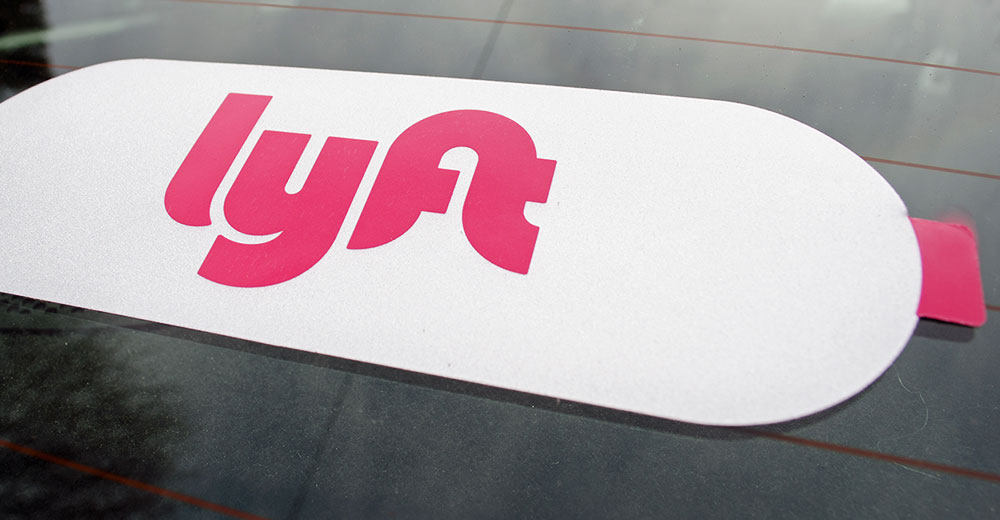Lyft is set to introduce robotaxis in Dallas, projected to launch as early as 2026, aimed at competing with services provided by Uber. As reported by TechCrunch, these autonomous vehicles will utilize Mobileye technology, while Marubeni, a Japanese firm, will oversee fleet management. Users will be able to summon robotaxis via the Lyft app once they are operational.
Technology and Partnerships Driving Lyft’s Robotaxi Program
Though the specific automobile manufacturer for these robotaxis has yet to be disclosed, it is notable that Mobileye technology is currently utilized in a range of vehicles from Ford, General Motors, Audi, Volkswagen, and Nissan. Sam Abuelsamid, VP of market research at Telemetry Insights, highlights that Mobileye has been a leader in advanced driver assistance systems for over two decades. Most vehicles on the road today include features like forward collision alerts and lane-keeping assistance powered by Mobileye.
Expansion Plans for Future Cities
While the exact number of robotaxis to be deployed in Dallas remains undisclosed, Lyft’s Executive VP of Driver Experience, Jeremy Bird, has suggested scaling to thousands of vehicles across various cities following the initial rollout in Texas. In contrast, rival Uber has already partnered with Waymo to launch similar services in cities like Austin and Atlanta, with Tesla also entering the fray with plans for autonomous ride-hailing in Austin next year.
Lyft’s Innovative Business Model
Analyst Edward Sanchez from TechInsights remarks that Lyft’s approach reflects an “asset-light” strategy, which is evident in its collaboration with Marubeni. This strategy represents a cautious approach to commercializing robotaxi services, mirroring Uber’s incremental method. He notes that Uber’s CEO has acknowledged that the path to full-scale robotaxi deployment remains a long-term goal due to the expensive nature of autonomous vehicles, which can exceed $200,000, alongside their higher operational costs compared to human-operated cars.
Ownership Challenges in Robotaxi Operations
Abuelsamid points out that Lyft and Uber traditionally do not own their vehicles, instead relying on third parties to provide the cars operated on their platforms. This creates new challenges, as owning, insuring, and maintaining vehicles becomes a part of the cost structure for robotaxi services, potentially complicating business operations. With this new model, Lyft must navigate not just traditional operational expenses but also the complexities surrounding autonomous vehicle management.
Tesla’s Unique Approach to Autonomous Services
On another front, Tesla leads in full self-driving mileage and data collection but is evaluating its method for introducing robotaxi services. Analyst Sanchez highlights that it remains unclear whether Tesla will manage a company-owned fleet or support individual owners leveraging their vehicles as robotaxis. Tesla’s distinct approach can be seen in its absence of Lidar technology, which many in the industry consider essential for safe autonomous operation. Abuelsamid also raises concerns about Tesla’s reliance on a camera-only system, indicating that it may lack robustness, particularly in challenging weather conditions.
Consumer Confidence in Autonomous Vehicles
Market analysts evaluate the competitive landscape for robotaxi services, positioning Lyft as trailing behind comparing to Uber, which controls a significant market share of rideshare services. Mark Giarelli from Morningstar Research Services emphasizes that a partnership with Uber offers access to approximately 75% of the U.S. market, whereas Lyft covers only about 20% to 25%. This discrepancy in customer access impacts the attractiveness of partnerships for companies in the autonomous vehicle sector.
Challenges and Public Perception
Launching robotaxis presents hurdles, including fluctuating regulations across different regions and the technical difficulty of operating in urban landscapes filled with unpredictable obstacles. Industry experts like Mark N. Vena of SmartTech Research indicate that achieving public trust alongside rigorous safety protocols remains a critical obstacle, especially after negative media coverage surrounding certain autonomous vehicle incidents.
Improving Public Acceptance of Robotaxis
Recent studies show that consumer comfort with robotaxis is gradually improving. According to research from J.D. Power, satisfaction with robotaxi experiences now averages at 8.53 out of 10. Furthermore, individuals with prior robotaxi experience exhibit substantially higher confidence levels in self-driving technologies compared to those without, indicating a potential positive trend toward broader acceptance.
As the sector evolves, affordability will likely remain a central factor influencing consumer decisions regarding robotaxis. Predictions suggest that by 2035, the landscape may change dramatically, making human-driven taxis increasingly rare as robotaxi services fill the transportation void.

